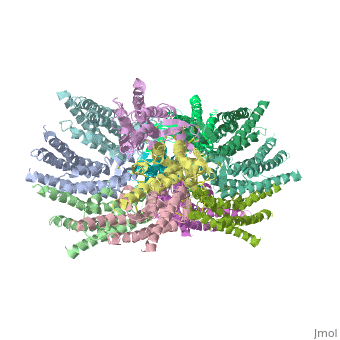

Blind patient recovers visual function with optogenetics.
Sourced from:https://en.wikipedia.org/wiki/Brainbow Optogentics has previously been utilized to recover vision in mice by Van wyk et al...
Sep 6, 20212 min read


Research Diary- Week 7
For the foreseeable future this would be be my last week of my URSS project. This week I completed one last passage and then transfected...
Sep 6, 20211 min read


Research Diary- Week 6
I had the sequencing data returned to me and it showed that both of my mutations were successfully implemented! This was a major success...
Sep 6, 20211 min read


Research diary- Week 5
I sent off my previous sample for sequencing on the previous Friday, meaning they should be returned by Monday. This did not happen,...
Sep 6, 20211 min read


Research Diary- Week 4
This was the most challenging week thus far. The sequencing data I expected returned and showed that the mutation I intended had not...
Sep 6, 20211 min read


Research Dairy - Week 3
As stated in the last blog post, the Construct containing the first mutation is completed and is ready to be transfected into cells. This...
Sep 6, 20211 min read


Research Diary- Week 2
As I stated in Last weeks entry, I intend to introduce specific mutation into the Cx32 protein. This will be done by using specially...
Sep 6, 20212 min read







_JPG.jpg)



